Scab on an apple and a pear: control measures, methods of prevention and treatment
A good half of gardeners are often met with such a dangerous and harmful disease as scab, which has no equal in the scale of its spread. Therefore, without any exaggeration, we can say that the beginner summer resident has practically no time to swing, and if you do not take care of the appropriate measures in advance, the disease will "get" not only leaves, flowers, but also fruits.
This article will be devoted to giving the most complete information on how you can get rid of scab on an apple tree, as well as what preventive measures can be taken in advance so that your tree does not get sick and you get a wonderful harvest of healthy apples.
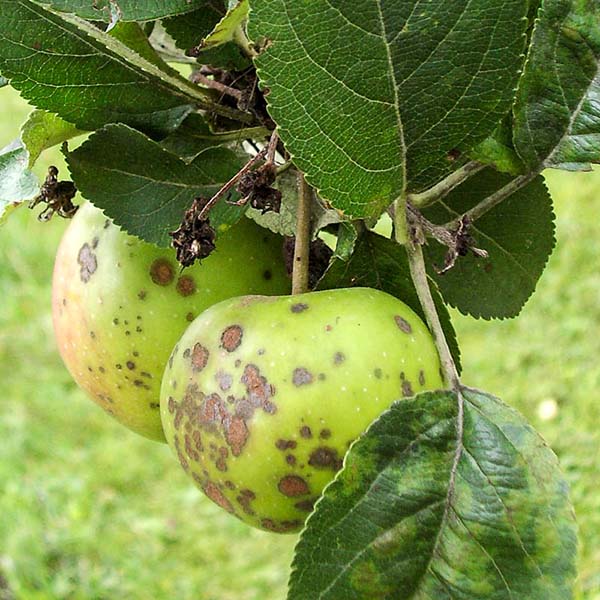
Content
What is scab: signs of apple disease
Scab is a fungal disease, the development of which is provoked by excessive moisture (above 70%). For example, if there was heavy rainfall during the May flowering or in summer, when morning dews and warm rains are frequent, and the air temperature is kept around + 15-20 degrees.
Signs that a fruit tree (usually an apple or pear tree, although a cherry can get sick) is sick with scab are:
- Cracks first appear on the fruits of your apple or pear tree, which are subsequently covered with a hard black crust.
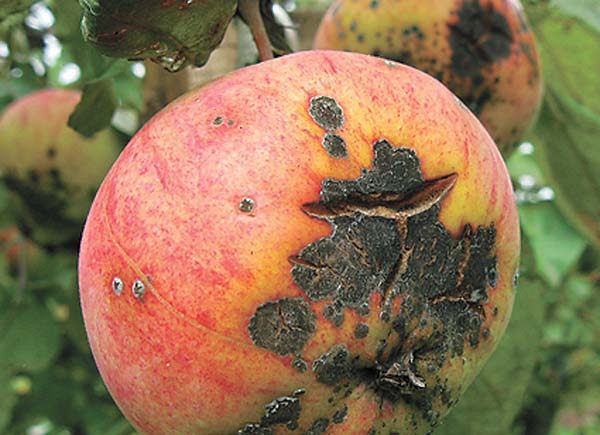
In the photo: this is what an affected apple looks like - The leaves on your trees are first covered with light green (olive) spots, then they turn brown-black, and as a result, holes in the form of raindrops form in these places.
In the future, the affected leaves turn yellow, dry out and die off.
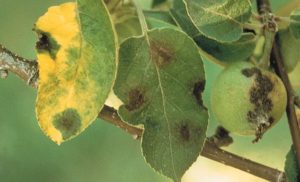
Although scab is not the worst disease, it certainly won't kill your apple tree, but trees that have been exposed to this disease are usually disastrously worse. winter, and the fruits themselves (apples, pears) do not look attractive at all (but you can eat them, you just need to cut them off), and you can hardly put them for long-term storage.
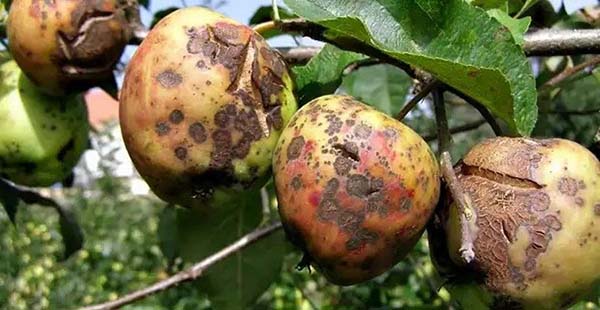
By the way! How to store apples and pears all winter, read our articles.
It is worth knowing that scab can do great overwinter in damaged shoots (in the bark) of a tree and young twigs or in the soil where it got along with fallen leaves, therefore, you need to properly care for the apple tree throughout the season, but especially in the fall.
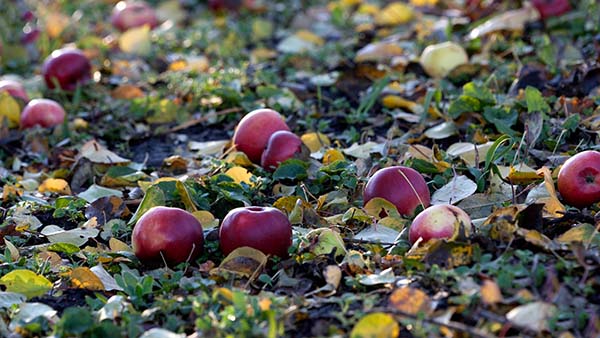
The note! If pear attacks the fungus Venturia pirina (which hibernates in the bark and on young branches), then apple tree - Venturia inaequalis (hibernates in fallen leaves). Therefore, the apple scab is not transferred to the pear, and, accordingly, vice versa.
Prevention of the appearance of scab on an apple tree
Naturally, it is much better and easier to prevent the disease in advance than to fight the scab on an apple or pear tree and try to cure the trees later.
To avoid the appearance of this fungal disease on fruit trees, they need to be properly looked after, namely:
- It is necessary to fulfill timely watering and feeding (especially potassium-phosphorus), and first do not forget to hold an annual treatment against diseases and pests in early spring(as a rule, at this time use Bordeaux liquid or and mixture copper sulfate from urea (urea).
- In late autumn, when it falls all foliage, and you will execute sanitary pruning of dried branches — all this must be immediately removed and burned.
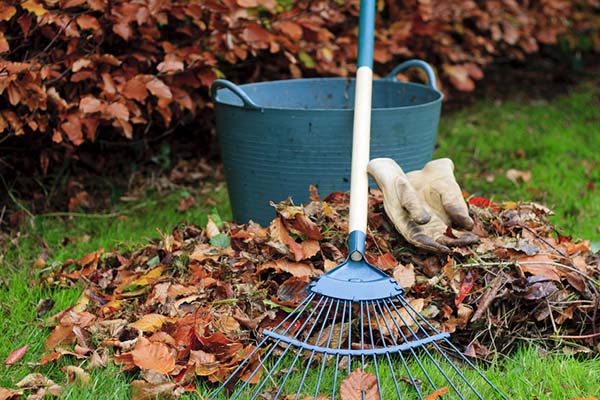
- When preparing the tree for winter, it is recommended strip the bark to living tissue.
- At the same time (in autumn) it is desirable whitewash the trunks and thick skeletal branches.
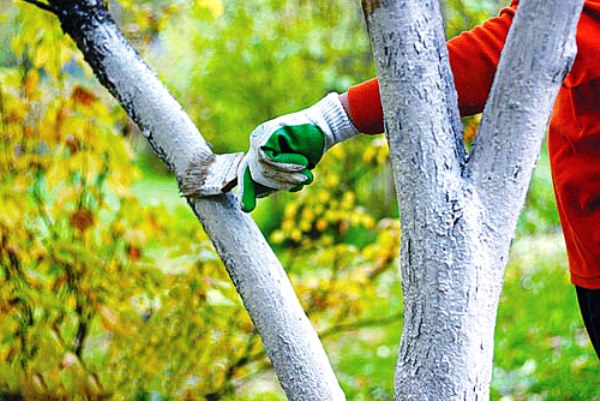
- After all the foliage has fallen and all the fruits have been harvested, it is worth spending eradication spraying any copper-containing preparation, for example, 3-5% solution of copper sulfate.
Landing scab resistant apple variety
Perhaps this is the most effective way.
The fact is that there are immune varieties of apple trees that scab resistant.
These include the following: Pepin Saffron, Lobo and Jonathan, still slightly located to the scab - Anis and Antonovka.
On the contrary, most susceptible to this fungal disease the following varieties of apple trees: Renet Simirenko, Fragrant Melba, Zhigulevskaya, Kalvil Snezhny, Papirovka.
In general, early varieties are more susceptible to scab, late (winter) ones have a stronger immunity.
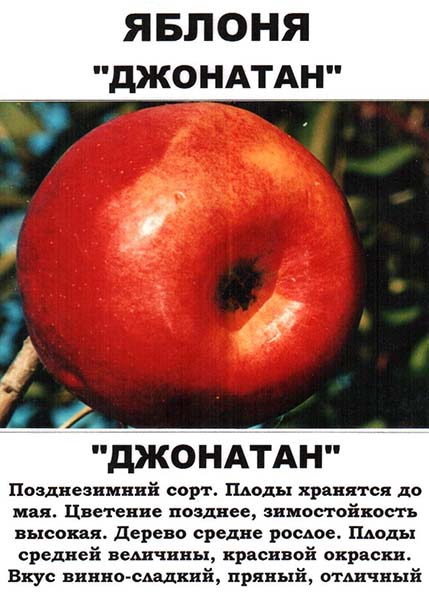
How to deal with scab on apples and apples: treatment methods
In general, the methods of dealing with scab on an apple tree are partly similar to preventive actions, which is not surprising, because to get rid of scab, which already formed on the leaves and the apples themselves practicallyimpossible, although it is definitely worth a try.
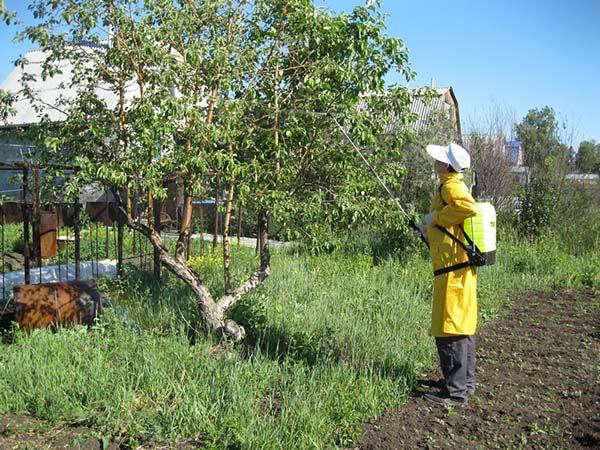
Chemical and biological products
The most popular preparations for scab on apple and other fruit trees are (* the main active ingredients are given in parentheses):
- Scor (Difenoconazole *);
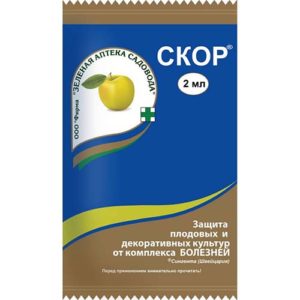
- Horus (Cyprodinil);
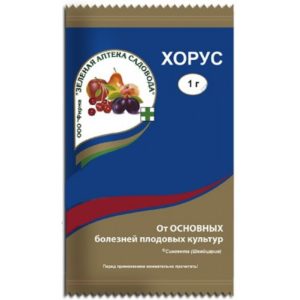
- Discor (Difenoconazole);
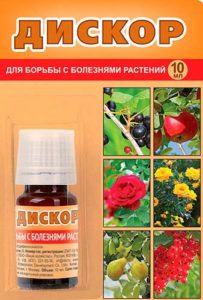
- Strobi (Kresoxim-methyl);
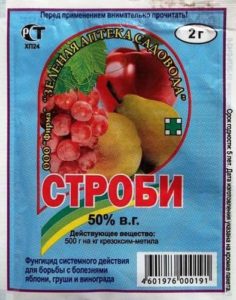
- Fitolavin (Phytobacteriomycin);
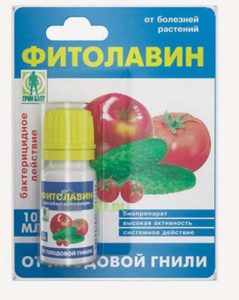
- Raek (Difenoconazole);
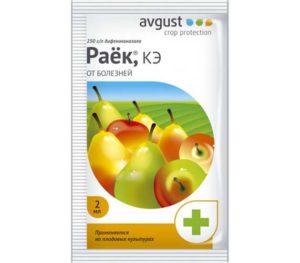
- Gamair (Bacillus subtilis strain M-22).
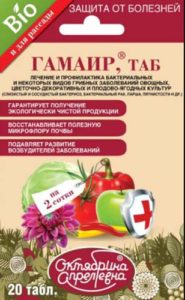
Advice! To completely defeat the scab on apple trees, you should periodically alternate the drugs used, namely the use of funds with various active ingredientsso that the fungus cannot get used to and adapt.
For example, it makes no sense to replace one drug ("Raek"), which contains difenoconazole with another ("Discor") with the same active ingredient.
It should also be said right away that a single spraying will hardly help dramatically in the fight against scab. Often3-4 treatments required the fruit tree with chemicals in the following periods (usually in spring and autumn):
- in the phase of the appearance of the first leaves (formation of leaf plates);
- when the buds will only form;
- the first ovaries are tied (in other words, after flowering);
- after harvest, but before all the leaves fall.
Important! The processing of apple trees from scab with chemicals should be carried out only in accordance with the instructions, and observing all safety rules.
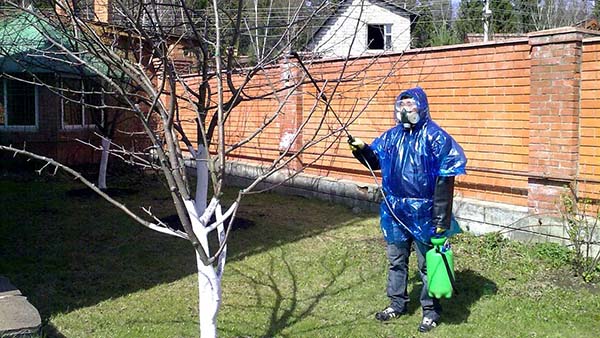
Note! These drugs may differ waiting period... For example, “Discor” has 28 days, that is, after treatment with this agent, you cannot eat the fruits. Therefore, think over a plan of action in advance and calculate all the deadlines.
Folk remedies
If the disease is detected at the initial stage or the degree of damage to the apple tree is low, then you can try folk remedies against scab. They, of course, act without an instant effect, but they are completely safe for both humans and plants, moreover, they are quite economical and, as a rule, are always at hand.
Thus, among the popular ways of protecting an apple tree from scab, the following are distinguished:
- treatment brine (cooking recipe: 1 kg of salt per 10 liters of water);
- spraying infusion of horsetail (pour horsetail in a ratio of 1 to 3 with water and let it brew for 3 days);
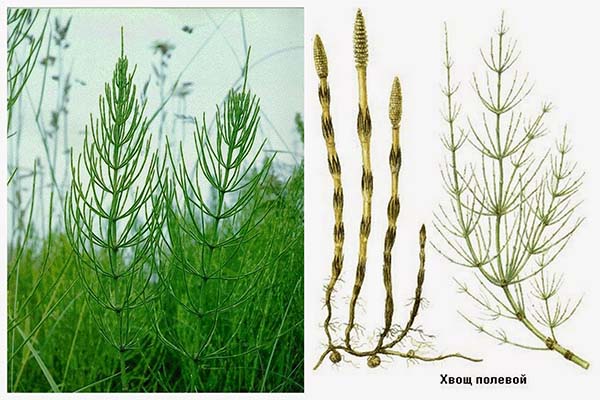
- treatment mustard solution (dissolve 80-100 grams of mustard powder in 10 liters of water, up to 4 sprays can be performed per season);
- spraying bright pink (even slightly darkish) solution of potassium permanganate... Despite the fact that the bark becomes dark after treatment, this cannot harm the plant in any way.
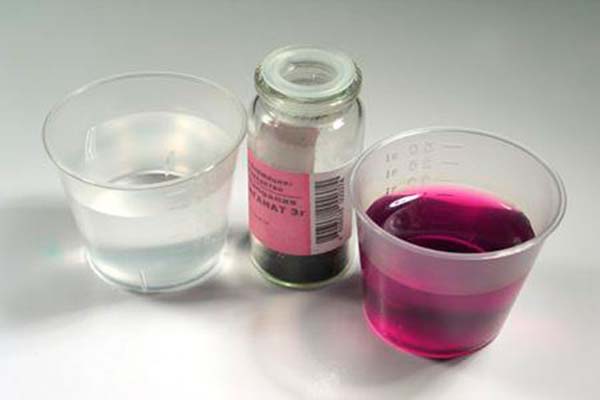
In order not to leave the scab a chance for survival and get a selective harvest of high-quality apples in the foreseeable future, it is necessary to ensure in advance the prevention of the appearance of the disease on the apple tree. In addition, it is very important to rationally deal with scab with a whole range of environmentally friendly and budgetary folk methods, as well as modern chemical and biological agents. And then, undoubtedly, the victory will be ours!
Video: how to deal with scab on an apple tree

